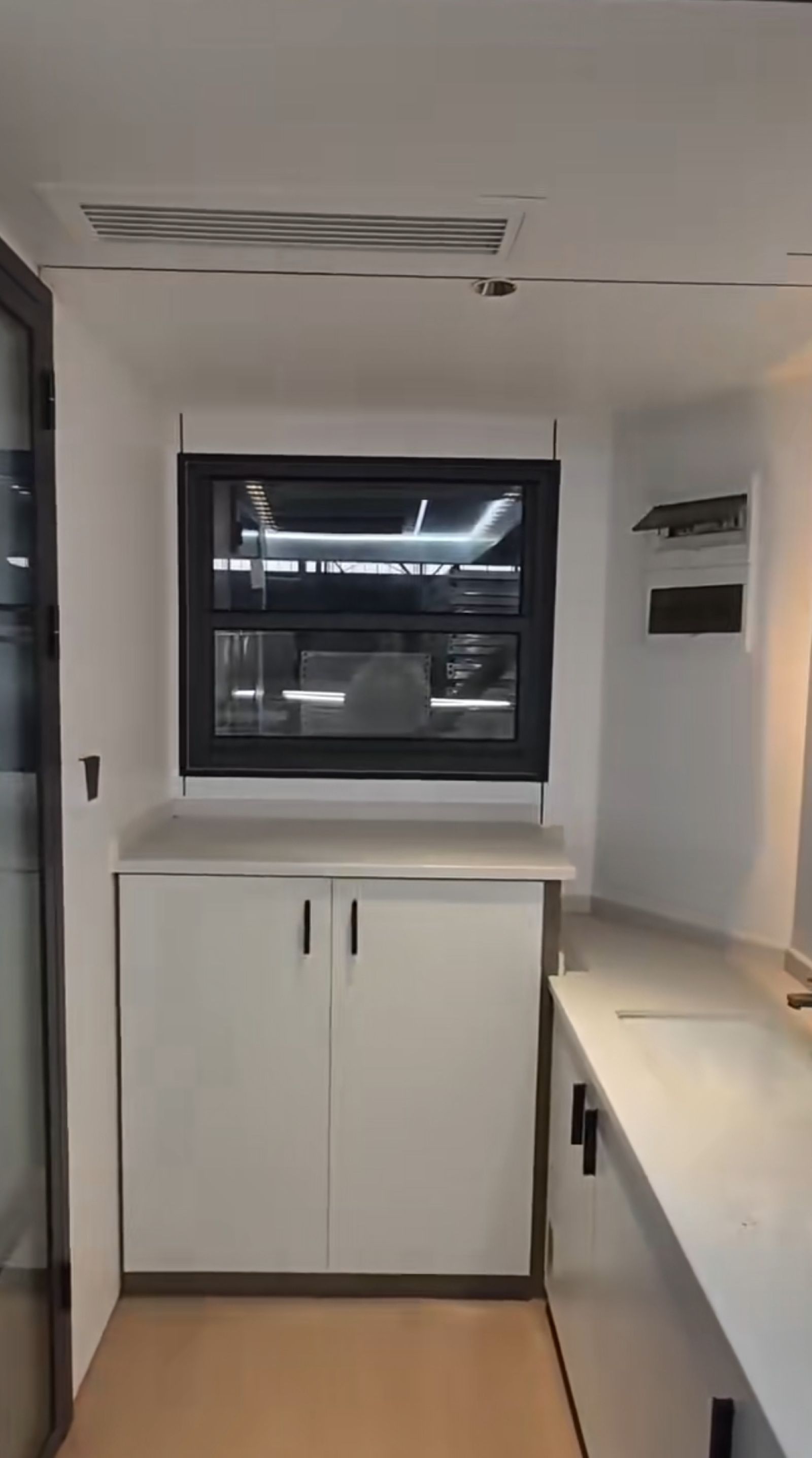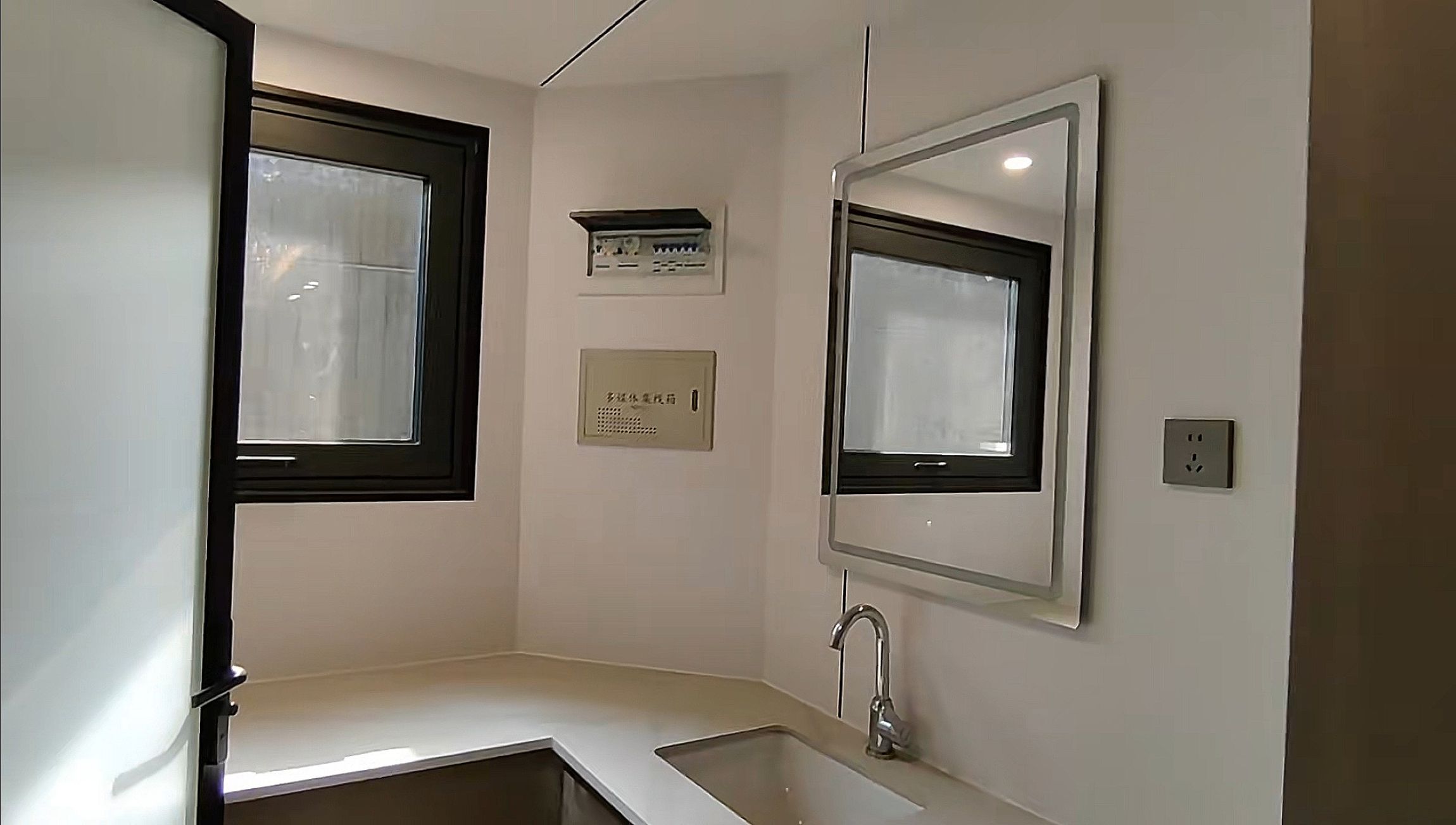一、 Design characteristics and applications of space capsule home
The design of the space capsule home integrates technologies from multiple fields such as aerospace engineering, materials science, and life support systems. The core feature of space capsule home is its modular structure, which allows for flexible configuration and expansion according to different mission requirements. A typical space capsule home adopts a high-strength lightweight composite material shell, which integrates key functional modules such as environmental control system, waste disposal system, and emergency support system inside.

In terms of material selection, capsule home often use carbon fiber composite materials and special alloys to ensure minimal weight while maintaining structural strength. In terms of thermal insulation, multi-layer vacuum insulation materials are usually used, combined with phase change materials to regulate temperature fluctuations. The life support system is a key technology for capsule home, including functions such as air circulation purification, water recycling and utilization, and radiation protection. These systems need to be highly reliable and capable of long-term autonomous operation.
The application scenarios of space capsule houses mainly include outer space missions such as space stations and lunar/Mars bases, as well as extreme environments such as polar research stations and deep-sea research stations on Earth. In the International Space Station, the residential module provides space for astronauts to live in for a long time; In NASA's lunar base program, inflatable space capsule home are considered as initial living units. These application cases demonstrate the unique value of space capsule home in supporting human extreme environmental activities.
二、 Design Concept and Practice of space capsule home
The design concept of capsule houses originates from a response to the demand for high-density urban living, emphasizing minimizing space occupation while ensuring basic living functions. Unlike s, capsule houses place greater emphasis on applicability and economy in urban environments. A typical space capsule home design adopts a standardized container structure, and the interior is efficiently utilized through exquisite space planning and multifunctional furniture.
Modern capsule houses extensively utilize prefabricated components and industrial construction techniques, significantly shortening the construction period and reducing costs. The material selection tends towards environmentally friendly lightweight materials, such as recycled steel, engineered wood, and new polymers. In terms of spatial layout, designers use deformable furniture, vertical storage solutions, and intelligent space partitioning technology to create multiple functional areas within a limited volume.
The practical cases of Capsule House are spread all over the world. Japan's "capsule tower" is an early representative, and recent innovations include China's "honeycomb apartment" and Europe's "micro residential community". These projects demonstrate the potential of capsule homes in addressing urban housing shortages and providing temporary housing solutions. Especially in scenarios such as youth apartments, short-term rentals, and student dormitories, capsule homes have formed a mature business model.
三、 Technical comparison between spacecraft and capsule houses
Space capsule houses and capsule houses have both similarities and significant differences in technology. Both adopt a modular design concept, but the modularity of the spacecraft housing emphasizes system integration and extreme environmental adaptability, while the modularity of the capsule housing focuses on rapid deployment and economy. In terms of structural design, the spacecraft housing needs to cope with special conditions such as external vacuum and radiation, so a fully enclosed pressure bearing structure is adopted; Capsule houses mainly consider the requirements of conventional building codes and have relatively simple structures.
In terms of material technology, the spacecraft housing uses aerospace grade special materials, which are expensive but have excellent performance; Capsule houses use commercial building materials to seek a balance between cost and performance. The environmental control system is the core technology of spacecraft housing and requires complete closed-loop operation; Capsule houses can rely on urban infrastructure, requiring only basic ventilation and temperature control equipment.
In terms of intelligence, both actively integrate IoT and automation technologies, but with different focuses. The intelligent system of the spacecraft housing mainly ensures survival safety and task execution, such as real-time environmental monitoring and emergency response; The intelligent applications of Capsule House focus more on optimizing the living experience, such as voice control, energy management, and security systems.
四、 Application prospects and challenges
Space capsule home and capsule houses have broad prospects in the future residential field. With the development of commercial aerospace,capsule houses may become the infrastructure for orbital hotels and lunar tourism. On Earth, its technological derivatives can be used for disaster emergency housing and mobile medical stations. Capsule houses are expected to become the core unit of urban micro communities, reshaping living patterns in conjunction with the sharing economy model.
However, these innovative residential solutions also face many challenges. In terms of technology, the space capsule home needs to further improve system reliability and maintenance convenience; capsule home need to address living quality issues such as sound insulation and privacy. The psychological impact of long-term living in extremely small spaces on social acceptance still needs to be studied. In terms of regulations, existing building standards are often not applicable to these new structures and require the development of specialized specifications.
Economic feasibility is a key constraint factor. The high cost of space capsule home limits its large-scale application and capsule houses requires technological innovation and mass production to reduce costs. Although capsule houses are relatively economical, there are still obstacles in land policies, property rights definition, and other aspects. These challenges need to be jointly addressed through interdisciplinary collaboration and policy innovation.
五、 Conclusion
space capsule home and capsule houses represent two important directions in the design of micro living capsule home, respectively addressing the challenges of extreme environments and high-density urban living. Research has shown that both forms of living have unique advantages in their respective applicable scenarios, and their technological characteristics and application experience have important reference value for future residential space innovation.
Future research should focus on how breakthroughs in materials science and intelligent systems can further enhance the performance of micro living spaces, while also strengthening interdisciplinary research from social psychology and urban planning perspectives to promote the widespread acceptance of these innovative solutions. With the advancement of technology and the evolution of social demands, space capsule home and capsule houses are expected to play a more important role in human living ecology, providing new possibilities for sustainable development.

